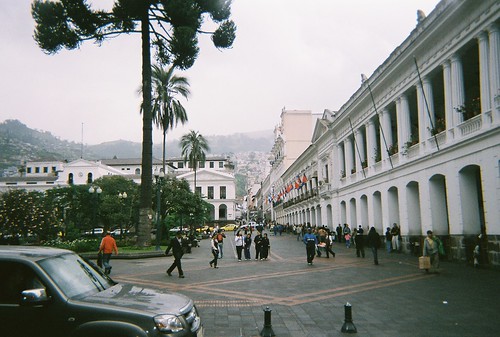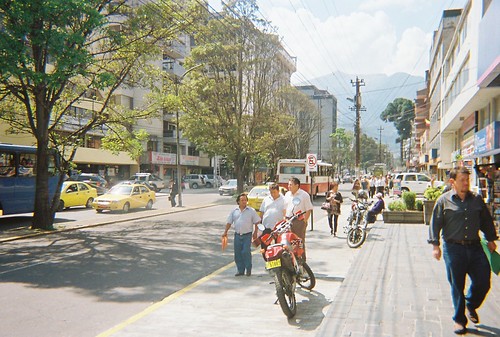Born September 1, 1959 in Bogotá, Colombia, Luis Moore is one of the few blacks who have made it to the top in Latin America. For black people in Latin America, as in other places around the world, race define their identities. However, in Moore's case, he became the first black Brigadier General of the Colombian National Police and assumed command of the Cali, Colombia Police Department. Prior to his police career, Moore was a med student at a local university and was persuaded by a friend to drop out and join the National Police.
Without telling his parents, Luis entered the police academy and graduated with the rank of Sub-Lieutenant. He also became the first Afro-Colombian to train as a helicopter pilot in National Police Aviation. Luis Moore received many commendations, such as the one he received for actions during a Colombian guerrilla siege of a government building in 1985. Moore also supported air rescue operations, flying a helicopter during numerous combat operations against guerrilla groups, such as the notorious Revolutionary Armed Forces of Colombia (FARC) and the National Liberation Army (ELN).
General Luis Moore Perea, greets citizens in
the gang-infested area of Cali, Colombia
Moore was fortunate as he grew up in a mostly white, middle class community where his parents instilled in him a sense of purpose, honor and respect. His father is a mathematician from the city of Santa Marta on Colombia's northern coast, and his mother is a former governor of the predominately black state (department) of Chocó. He has three brothers who is a medic, lawyer, and ondontotolgist . He is married to Graciela de Moore with whom he has three children.
As a black man, his success was not easy as he often heard bigoted remarks that Afro-Colombians were lazy and not smart enough to hold his position. One of his fellow officers told him to his face how he disliked black people, and others did what they could to try to stop his upward mobility. In Colombia, as in other Latin American countries, people with darker skins tend to be less educated, lower paid, and live in the poorest areas.
Luis Moore experienced racism in his personal life as well, especially when he began dating his future wife Graciela, a white woman from a small, conservative town. A lot of people took issue with this relationship, however, Graciela points out that she never thought about it. For her, he was a gentleman, and after 22 years, he still is. She adds, that her black husband has more class than any white man she has ever met. Her exact words,. "he still opens the car door for me."














